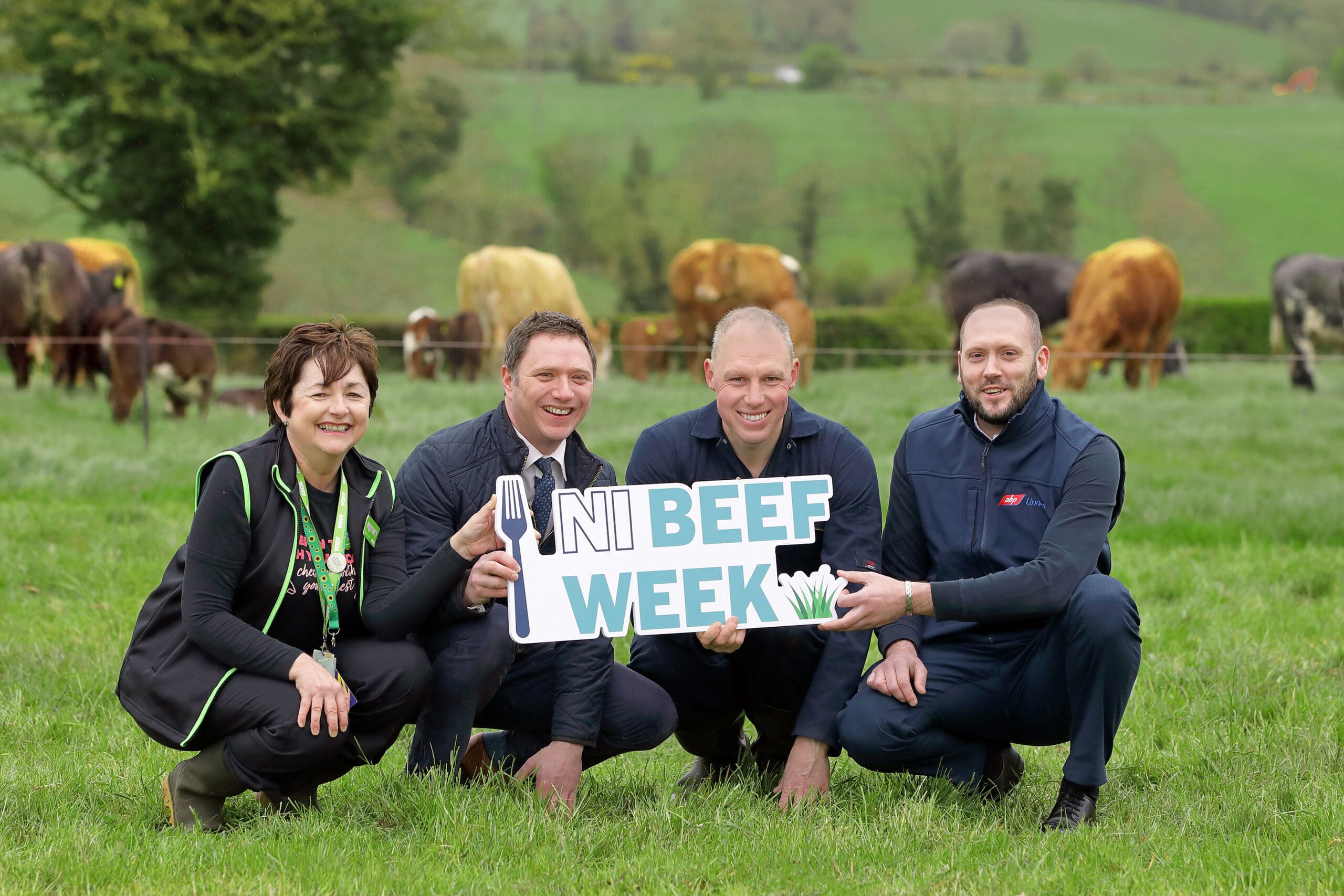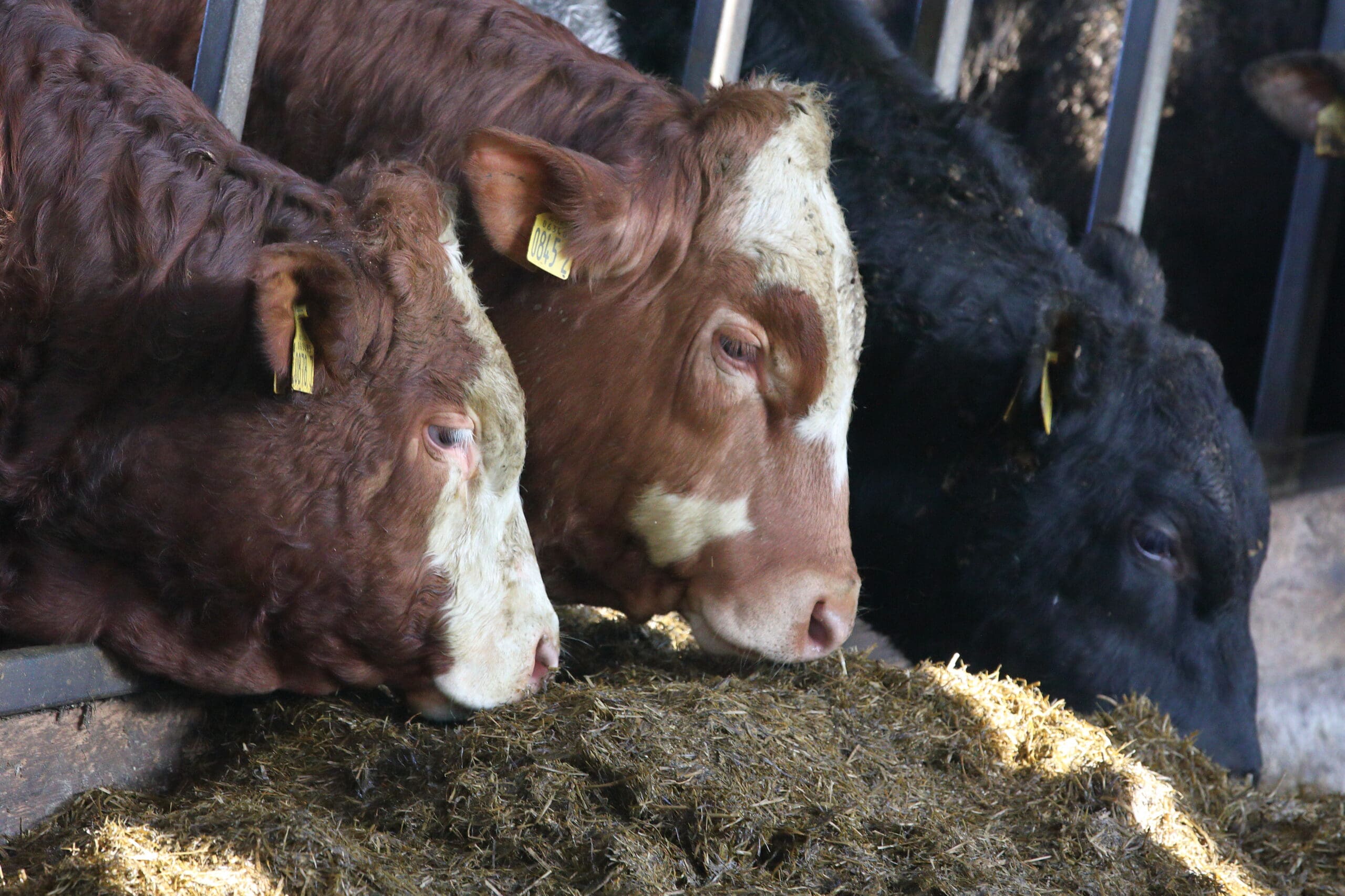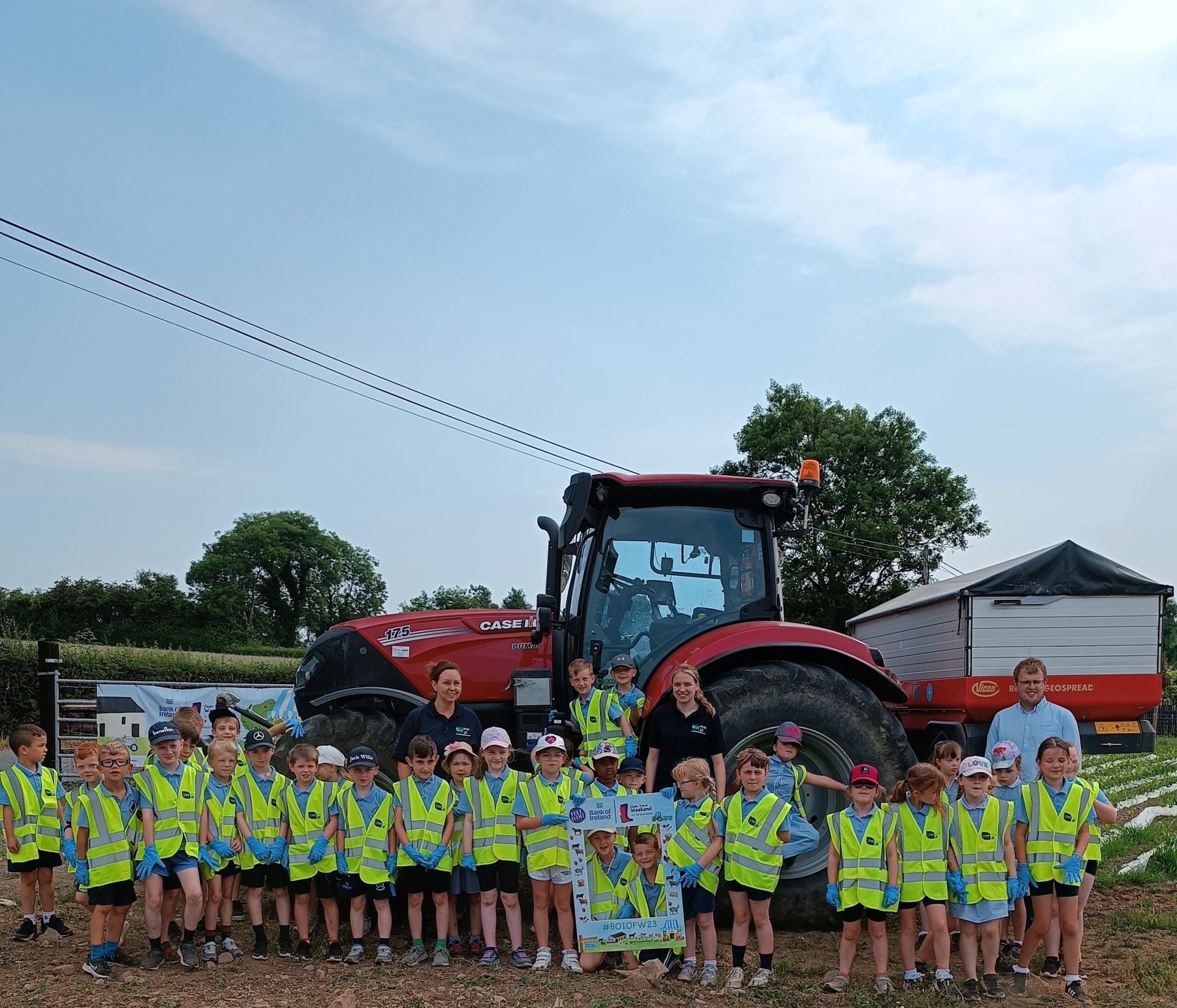Commodity Watch – Update from Rural Enterprise Committee
Managed Grid Connections for Small Scale Renewables
With 300 applications for Small-Scale Renewable Generators (SRG) having either having been withdrawn or not yet progressed; work is underway to get as many of these as possible completed. This state of limbo followed the decision to withdraw Conditional Offers Grid Connections offers in August 2014.
Project 40
Project 40 (UFU sit as industry representatives) has been tasked with identifying an alternative way of getting as many of these projects connected to the grid as possible. Commodity Watch this week will consider why this has occurred and highlight the alternatives being considered by the UFU within the workings of Project 40.
Nature of the Northern Ireland Distribution Network
The NI Distribution Network (11kV and 33kV) was designed as a ‘passive’ network with one directional power flow from the Transmission system to the Distribution system in the supply of electricity. Within this network is the rural 11KV distribution network, with 20,000km of overhead lines serving UFU members and rural-dwellers. 70% of these rural lines are categorised as “light construction” 25mm² lines and this is where the significant upgrade costs are incurred in grid connection.
Growth in Small Scale Renewables and impact on the Distribution Network
NIE have confirmed that to date, 220MW of SRG (single wind turbines, AD units, hydro and domestic solar PV micro-generation projects) are now either connected or committed to connect to the NIE distribution network. As more SRGs have connected or committed to joining the network, the power flows have changed to being bi-directional, embedded and by its very nature intermittent.
This creates two problems on the network;
Reverse Power Flow (RPF)
When operational, the physical output of embedded SRG supplies the local load customers first, with any excess flowing back to the 33kV distribution network and then potentially to the Transmission network, and this is when the problem occurs. In other words, when total generation to a primary substation exceed the load available, RPF moves back up through the primary substation to the upstream 33kV network.
Voltage Control
“Light loading” is a problem in Northern Ireland, with very few rural connections grouped together in the country and instead more isolated than in GB. In GB, the network circuits are shorter and thicker, serving congregated rural Hamlet-type communities. What this means in rural NI is that more generation will flow backwards to the primary substation, then as a consequence of the light construction, the lines require costly reinforcement, to avoid excessive voltage rise due to the exported generation. This is what is known as Voltage Control.
What will be Managed?
By acceptable a managed grid connection, the developer will be required to accept some level of constraint (reduced grid-connected export) on their installation to avoid the above problems. The level of constraint will be explained in the Consultation.
Going Forward
A managed connection solution such as this will be ground-breaking in the sense that it will be the first of its kind in the UK and NIE will be a leader in developing this new type of technology. The development of a Pilot project is key and will work in tandem with the imminent consultation process. What is clear is that the solution will NOT get all SRG projects connected. There is no one-size-fits-all solution and this means that the solution will not readily implemented, however significant progress is being made on connecting SRGs to the grid.




